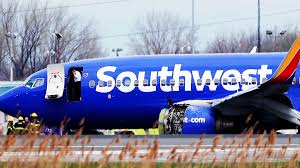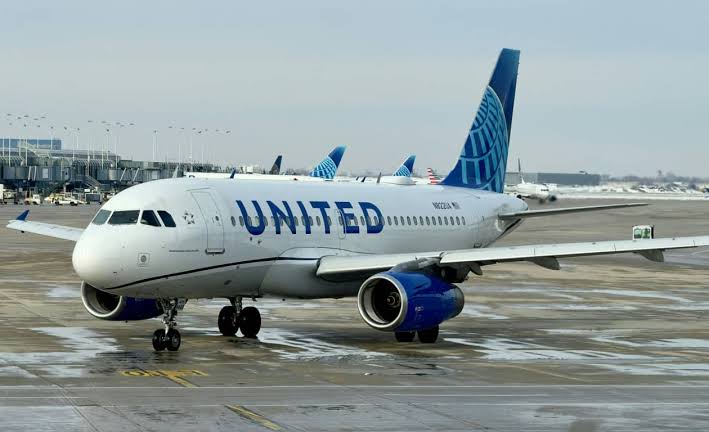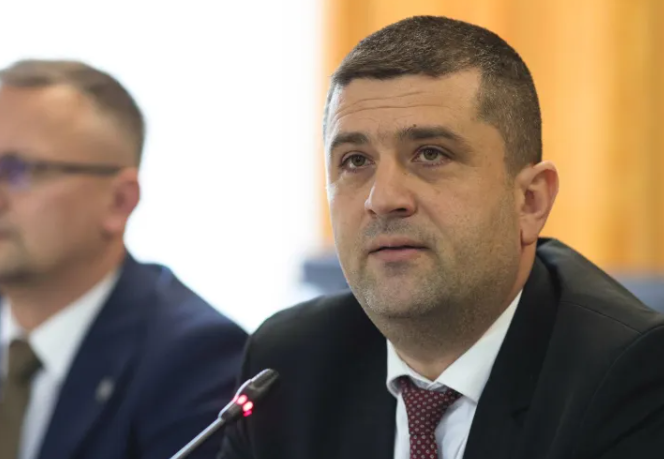Southwest Airlines Flight Makes Emergency Landing After Pilot Collapses Mid-Air
Southwest Airlines Flight Makes Emergency Landing After Pilot Collapses Mid-Air
A Southwest Airlines flight was forced to make an emergency landing on Monday after the pilot suddenly collapsed mid-air, triggering a tense situation onboard and prompting immediate action from the flight crew. The aircraft, which was carrying 178 passengers, landed safely without injuries, but the incident has raised serious concerns about in-flight medical emergencies involving essential crew members.
Incident Overview
According to reports from airline officials and passengers, Southwest Flight 392 was en route from Las Vegas, Nevada, to Columbus, Ohio, when the captain of the aircraft lost consciousness approximately an hour into the flight. The Boeing 737 had already reached cruising altitude when the incident occurred.
Eyewitness accounts from passengers suggest that the pilot stepped out of the cockpit briefly, returned, and shortly after began showing signs of disorientation before collapsing. A flight attendant quickly called for medical assistance over the intercom, requesting any licensed doctors or medical personnel onboard to come forward.
An off-duty pilot from another airline, who happened to be a passenger on the same flight, immediately volunteered to assist. He joined the Southwest co-pilot in the cockpit and helped coordinate the emergency descent and landing.
Quick Action by Crew Saves the Day
The quick response of the co-pilot and the off-duty pilot proved crucial in ensuring the safety of everyone on board. The co-pilot, who assumed full command of the aircraft after the incident, contacted air traffic control and declared a medical emergency. The flight was rerouted to Denver International Airport, where emergency services were placed on high alert ahead of the landing.
The aircraft landed safely approximately 40 minutes after the pilot’s collapse. Paramedics were waiting on the tarmac and boarded the plane immediately to treat the unconscious pilot. He was transported to a nearby hospital and is reported to be in stable condition, though the exact cause of his medical episode remains under investigation.
Passenger Reactions
Passengers onboard the flight described the experience as frightening but commended the professionalism of the crew.
“It was terrifying at first,” said Jessica Morales, a passenger seated in row 18. “But the crew stayed calm and kept us informed. We didn’t even know what was happening until they said we were diverting to Denver due to a medical emergency involving the pilot.”
Another passenger, David Tran, who is a retired paramedic, added, “You never expect something like this to happen. But everyone did their job. I’m just glad there was another pilot onboard who could help.”
Airline and FAA Response
Southwest Airlines confirmed the incident in a statement released late Monday afternoon. “Southwest Flight 392 diverted to Denver International Airport after the Captain experienced a medical emergency. Our first officer took over flying duties and safely landed the aircraft. We thank our crew and the off-duty pilot for their swift actions and professionalism,” the statement read.
The Federal Aviation Administration (FAA) also acknowledged the event and announced that a formal investigation is underway to determine what led to the pilot’s sudden medical emergency. Preliminary reports indicate there was no indication prior to the flight that the captain was unfit for duty.
The National Transportation Safety Board (NTSB) has also been notified, although it is not yet clear whether they will open a full investigation.
Pilot Medical Requirements Under Scrutiny
This incident has renewed discussions about the health screenings and fitness protocols required for commercial airline pilots. According to FAA regulations, pilots are required to undergo regular medical evaluations, with more frequent and rigorous testing for those over the age of 40.
In recent years, there have been calls to further tighten these requirements, especially as the industry grapples with a shortage of pilots and an aging workforce.
Aviation analyst Mark Reynolds commented, “While rare, these kinds of incidents do happen. This is why there are always at least two pilots in the cockpit and why training includes scenarios like this. But perhaps it’s time to revisit the frequency and depth of medical evaluations, especially for senior flight crew members.”
Industry Praise for Professionalism
Despite the harrowing nature of the event, both passengers and industry experts are praising the response of the Southwest crew and the off-duty pilot who stepped in to assist.
“The aviation industry trains for redundancy. This is a textbook example of why,” said Rachel Lang, a former airline captain and aviation safety consultant. “The fact that there was an off-duty pilot onboard was extremely fortunate, but the co-pilot could have managed it solo if necessary. What this shows is that aviation safety is built on layers—and those layers worked.”
Flight Resumes After Delay
After a few hours of delay in Denver, a replacement crew was brought in, and the passengers were able to resume their journey to Columbus on another Southwest aircraft. Most arrived at their final destination roughly seven hours behind schedule.
Southwest Airlines has offered apologies and compensation to the affected passengers, including travel vouchers and meal reimbursements. The airline also confirmed it is offering full support to the captain and his family during his recovery.
Conclusion
While rare, medical emergencies involving pilots are among the most serious scenarios in commercial aviation. The successful emergency landing of Southwest Flight 392 is a testament to the training, preparation, and professionalism of modern airline crews.
As the FAA continues its investigation, many in the industry will be watching closely to see whether this incident prompts changes to pilot health screening protocols. For now, the safe outcome of this flight stands as a reminder of how critical preparedness and teamwork are in ensuring the safety of air travel.






